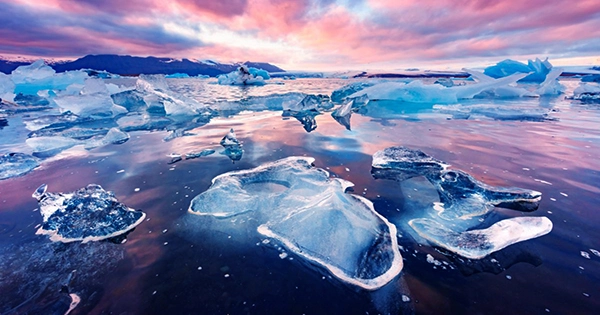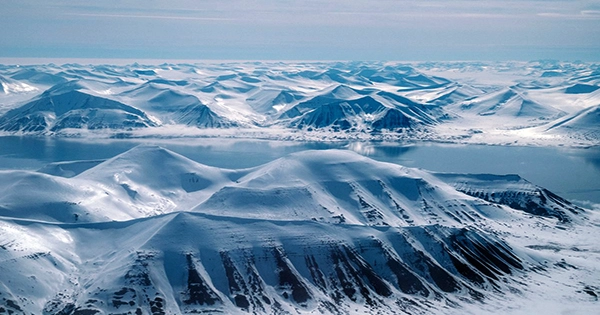I’ve grown accustomed to the puzzled looks and occasionally less polite reactions of TV news anchors when I advise refreezing the Arctic. However, this skepticism speaks more about our personal views on climate change. Despite the bluster, we still don’t fully understand the threat’s height, breadth, and depth. All alternatives would be on the table if it were shaped like an asteroid out of a Hollywood movie.
It was evident that we cannot stop global warming at 1.5°C, much less begin to erase our historical emissions to reduce them to safe levels. We’re in the business of buying time, so we’re always looking for strategies that can push the doomsday clock’s minute hand past midnight just long enough for the globe to fully make the switch to net-zero.
We must include sensible, appropriate climate repair in our strategy. As logical as pulling pollutants out of a stream, this involves eliminating excess CO2 from the atmosphere. Along with this, the Arctic is being refrozen. Not as some aesthetic repair, but as a critical fix—sealing a dam breach that, if not prioritized, may undermine our larger efforts.

We have apparently reached a thermodynamic tipping point in the Arctic. The melting of Greenland’s ice, which is the issue for sea levels, is being accelerated by the loss of summer Arctic sea ice, domino one, therefore dominos three through 100 will virtually all include the destruction of our global cities.
Perhaps I’m being overly dramatic. But the water levels will rise by seven meters if Greenland is allowed to melt. This is genuinely the stuff of disaster movies from Hollywood.
The good news is that we’re not discussing bringing hotel ice makers in. The program of stabilizing Arctic temperature that climate repair scientists are recommending would most likely be accomplished by injecting salty sea water into the clouds over the Arctic. By making them brighter, this will stop this chain reaction at its source and reflect enough sunlight in the summer to retain the sea ice that formed in the winter.
The equally encouraging news is that this international victory does not require a worldwide team and, as a result, may avoid being hampered by drawn-out international procedures like COP. Instead, it might possibly be accomplished by a small number of countries cooperating and pooling resources. To make it happen, though, there must be universal agreement.
If climate repair is not done correctly or if it is seen as a “instead of” rather than a “as well as” when it comes to the larger objective of reducing emissions, there are concerns. But logical, well-thought-out climate repair is a significant component of our toolset. In order to give everyone some time and show its commitment to stopping dangerous climate change, the UK should take the lead in this initiative. It will take some time to drastically reduce global emissions and get rid of extra greenhouse gases that are currently in the atmosphere.















